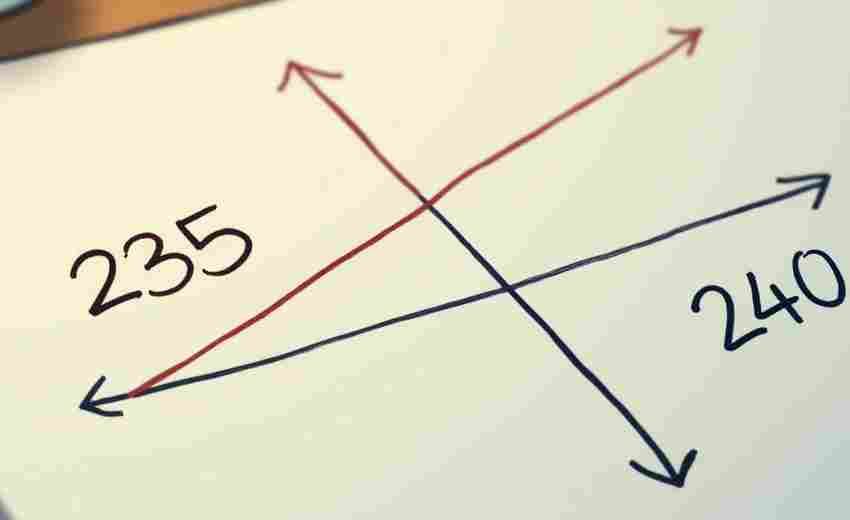在高考英语阅读理解中,利用语境推测生词含义是解题的关键能力之一。以下是结合高考真题和命题规律总结的实用方法及策略:
一、主要推测方法

1. 同义解释法
通过上下文的同位语、定义或解释性内容推测词义。常见信号词包括 or, that is, namely, in other words, refer to 等。例句:"A drought, or long period of dry weather, often damages crops." → 通过“or”后的解释可知,“drought”意为“干旱”。"Anthropology is the scientific study of man." → 定义直接表明“anthropology”指“人类学”。2. 反义对比法
利用转折词或对比关系推断反义词。常见信号词:but, however, unlike, in contrast, on the contrary 等。例句:"Andrew is supercilious, while his brother is humble." → 通过“while”对比可知“supercilious”与“humble”(谦虚的)相反,意为“傲慢的”。3. 因果推断法
根据因果逻辑关系推测词义。常见信号词:because, so, therefore, thus, as a result 等。例句:"He elbowed through the crowd because it was too crowded." → 因“人群拥挤”,可推断“elbow”意为“挤过”。4. 上下文线索法
结合前后句的逻辑关系(如并列、递进、举例)推测词义。例句:"Some plants emit chemicals to repel insects; others attract natural enemies." → 通过分号后的并列内容,可推测“repel”与“attract”反义,意为“驱赶”。5. 构词法辅助
利用前缀、后缀和词根拆分生词。例如:unforeseeable = un(否定) + fore(提前) + see(看) + able(能…的) → “无法预见的”。telephone = tele(远距离) + phone(声音) → “电话”。6. 举例说明法
通过举例或列举的具体事物推测抽象词义。常见信号词:such as, like, for example。例句:"Epochal events, such as wars and scientific discoveries, shape history." → 通过举例可知“epochal”指“划时代的”。二、解题注意事项
1. 综合运用逻辑关系
关注句间和段落的逻辑结构(如因果、对比、递进),避免孤立理解单词。2. 结合生活常识和文化背景
例如:"Over a thousand people attended his funeral." → 根据常识,“funeral”指“葬礼”。3. 避免主观臆断
答案需基于原文依据,而非个人经验。例如,选项中的绝对词(must, never)可能是干扰项。4. 多练习真题,培养敏感度
高考真题中,词义猜测题多围绕 代词指代、熟词生义、专业术语 展开,需针对性训练。三、高频考点与真题示例
代词指代题:如“What does ‘it’ refer to?”需回指前文名词。熟词生义题:例如“present”在句中作动词,意为“呈现”而非“礼物”。抽象概念题:如“a pipe dream”(不切实际的幻想)需结合上下文消极语义推断。通过以上方法,考生可系统提升语境推测能力。建议结合近五年高考真题(如全国卷Ⅰ/Ⅱ/Ⅲ)进行专项训练,重点关注逻辑词和文本结构,强化实战应用。

















































推荐文章
视觉传达设计专业需要哪些能力
2025-02-23如何看待软件工程的未来
2024-12-03小高考美术专业的考试科目有哪些
2024-12-01高考志愿填报时,如何利用高考成绩选择专业
2025-02-13未来人工智能领域的专业发展趋势
2024-12-11音乐的基本元素和构成是什么
2025-02-25有哪些工具可以帮助了解各专业
2024-12-14高考志愿中热门专业的定义
2024-11-06理科专业毕业生的薪资水平如何
2024-12-22高考志愿填报中零填报的影响
2024-12-29